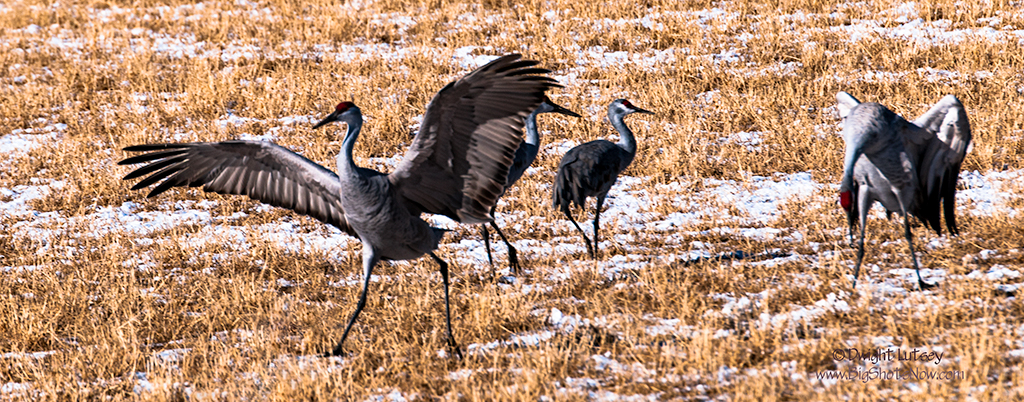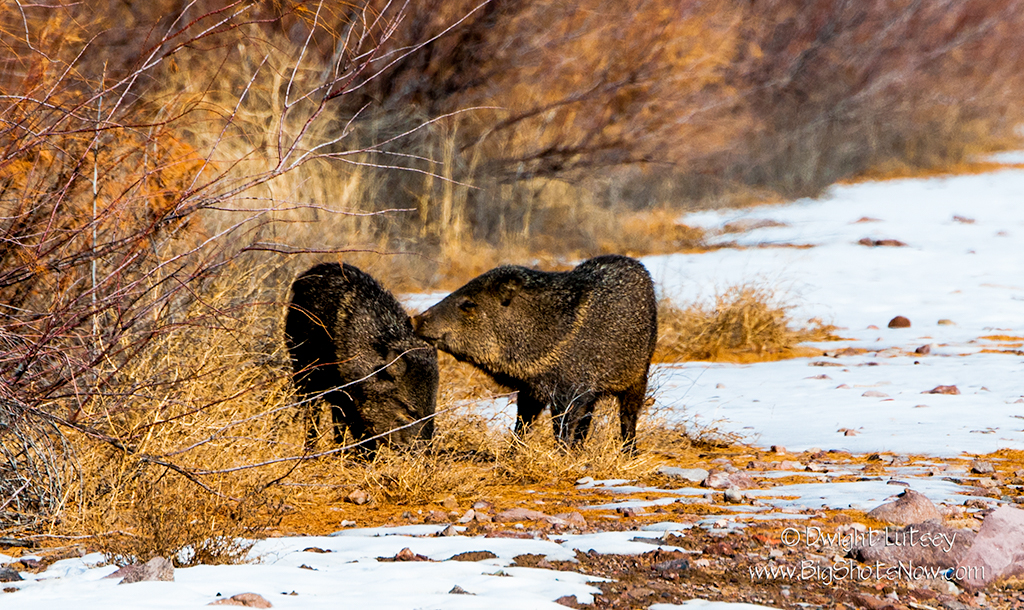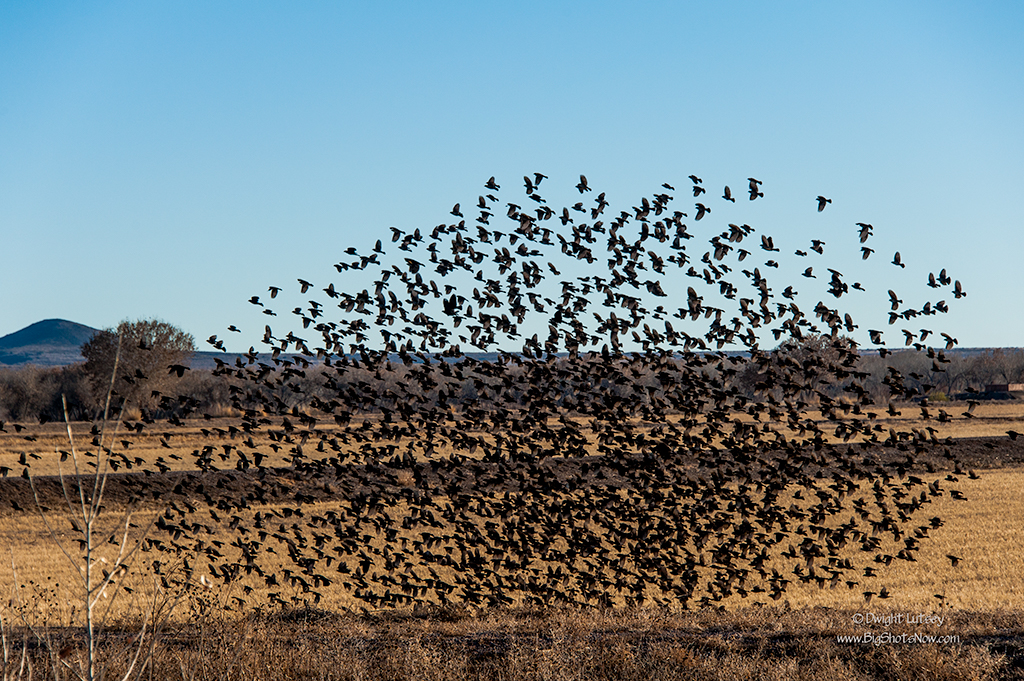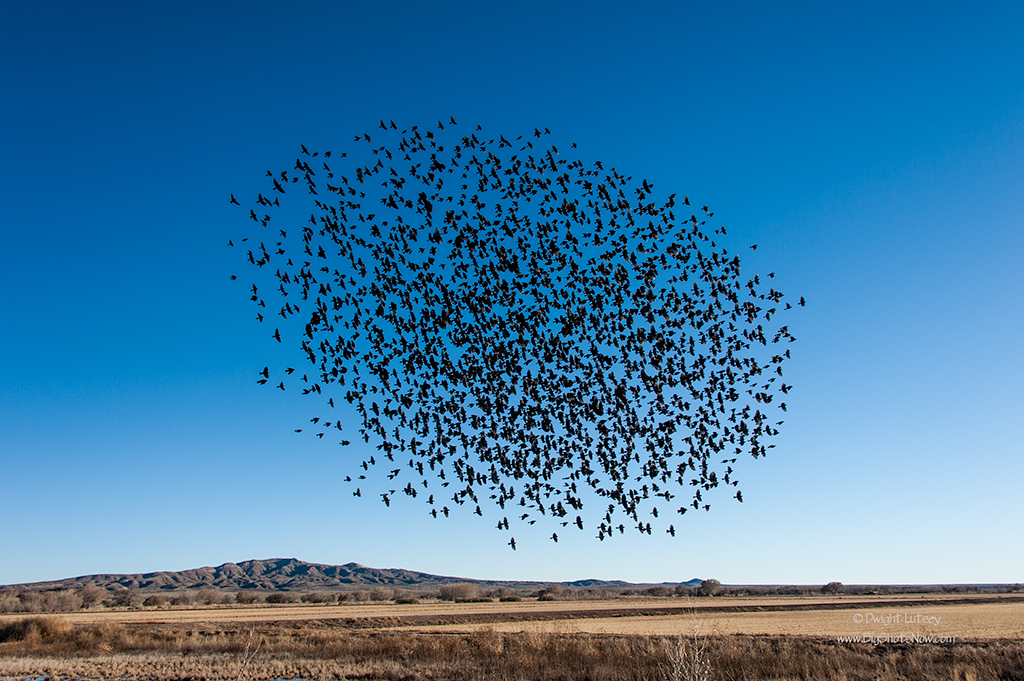Sandhill cranes are interesting birds. There is much known about them, their migration routes, their mating habits, their principal diets, what they like to watch on cable. But what most people aren’t aware of, and has seldom been reported, is that they have an extremely high propensity for practical jokes. That’s right. They screw around with each other constantly.
*The Institute has a researcher permanently stationed at Bosque del Apache Wildlife Refuge to watch for and record events just like this. This is why our phones are constantly ringing with people from Audubon, Western Birds, Birds International, Birds Birds and More Birds, Teenage Birds, Bird Watcher’s Journal, and numerous other publications, to ask what new discoveries have we made and can they piggy-back on our research. We always say “No, Go do your own research.” as we have been duped before from people saying one thing and doing another, then stealing our research for their own enrichment, so we don’t trust them.
In the corroborating photo above you can see a Sandhill Crane actually caught in the act of playing a practical joke on one of his friends. This is an old joke, where the first Crane leaves a disgusting present for the second crane on his doorstep, then rings the bell and runs. The second crane finding the disgusting pile left on his doorstep responds in a particularly hilarious way, at least to Sandhills anyway. His surprise and outrage can be heard for miles as he bellows how he ‘will get’ the perpetrator of this obnoxious joke.
This old but reliable joke provides much hilarity for any one observing it and gives the offending joke player something to laugh about for days. Retelling the story down at the bar will get him free drinks of pond water for days and days, or at least until somebody else plays a better joke on someone anyway,
This is just one small bit of information we pick up and store in our knowledge storing database. Soon we will have amassed as much pertinent data on all the species we observe that will rival The Smithsonian, or the NSA which has its own database on bird and animal migratorial behavior, especially those groups that cross international borders on their migration routes. You never know when some kind of subversive bird will try and insert itself into one flock or another to do ‘god knows what’ to free people everywhere.
We are pleased to be able to bring you this new insight into Sandhill Crane behavior. This what we do here at the Institute, and you can rest assured we will be posting many more new items on bird and animal behavior as we make them up in the future. Thanks for tuning in. Remember, “We are The Institute and we’re here to help”
* Note: For those of you unfamiliar with The Institute and what it does, please see the page labeled The Institute on the Menu Bar above. That should explain everything. You shouldn’t have one single question remaining regarding The Institute after reading it. None. For those of you favored few who already know about the Institute, Nevermind. Return to your daily activities. Thank you for your support.





You must be logged in to post a comment.